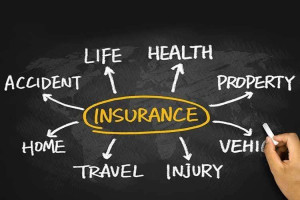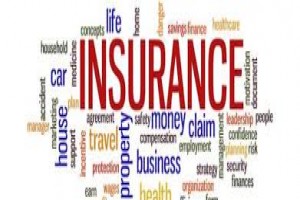Description
Date
1st Batch: 13th – 15th Feb, 2025
2nd Batch: 12th – 14th May, 2025
3rd Batch: 11th – 13th Aug, 2025
4th Batch: 3rd – 5th Nov, 2025
Event Details
At the end of the training course, participants will be able to take the historical financials of any insurance, create projections and determine a value developed on a number of methods taught in this course, such as:
- Insurance business and its products;
- IFRS financial statements of a non-life and life insurance companies;
- Additional voluntary disclosure for life insurance called Embedded Value;
- Fully integrated forecasting and valuation model for a non-life and life insurance companies;
- Insurance trading multiples and sum-of-the-parts valuation for multi-line businesses.
COURSE CONTENT
Introduction to Non-Life Insurance
- How do insurance companies make money?
- Key non-life insurance products
- Reinsurance and risk-transfer
Financial Statements of Non-Life Insurance
- Accounting for non-life insurance: deferral and matching principles
- Unearned premium reserves and claims reserves
- Building loss reserve triangles
Financial Modelling of Non-Life Insurance
- Forecasting premium and claims development: non-life insurance cycles
- Building non-life reserves
- Forecasting operating expenses and impact of reinsurance
- Completing underwriting result
- Allocated capital, investments and financial returns
- Completing the forecasting model
Valuation of Non-Life Insurance
- Using solvency requirements to establish capital surplus/deficit
- Completing a dividend discount valuation for the case company
- Discussion over valuation methodologies include P/E and regression analysis
Introduction to Life Insurance
- Features of the life insurance business
- Key life insurance products: traditional vs. unit-linked business
Financial Statements of Life Insurance
- Forecasting income statement, reserves and cash flows of a traditional life policy: calculation of new business value
- Limitations of IFRS accounting for insurance
Embedded Value
- Embedded value: key concept, calculation and disclosure
- Embedded value earnings: new business value and return on existing business
- European embedded value and market consistent embedded value
- What is EEV? A DDM produced by actuaries on part of the business
- Using embedded value to complete an appraisal valuation of the life business
- Can you use someone else’s DDM as a basis for your own valuation?
- Sensitivity analysis of EEV to key value drivers
Other Insurance Valuation Methodologies
- Analysis and valuation of multi-line insurance companies combining life and non-life
- Insurance solvency requirements under Solvency I vs. Solvency II
- Sum-of-the-parts valuation of multi-line insurance companies
- Trading multiples for insurance companies: P/E v P/EV earnings, P/EV
WHO SHOULD ATTEND?
- Financial analysts in investment banks (FIG departments)
- Lateral hires in investment banks (FIG department)
- Junior equity research
- Junior investment managers
- Strategy and corporate development insurance professionals
- All other interested Finance and insurance professionals
TRAINING METHODOLOGY
The training methodology combines lectures, discussions, group exercises and illustrations. Participants will gain both theoretical and practical knowledge of the topics. The emphasis is on the practical application of the topics and as a result participant will go back to the workplace with both the ability and the confidence to apply the techniques learned to their duties.





